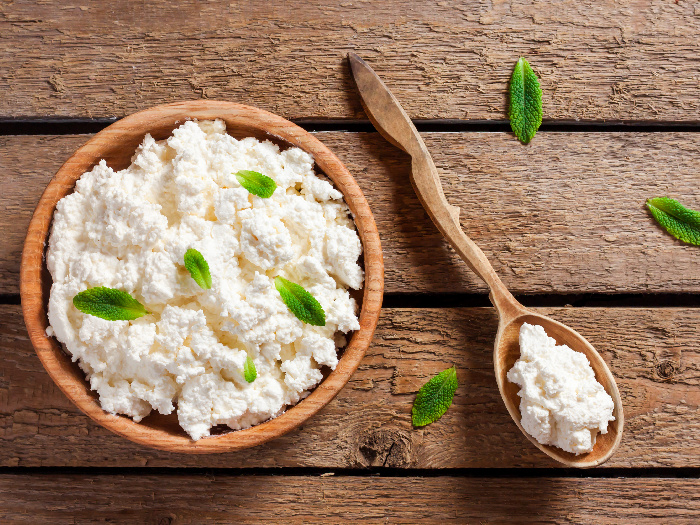A soft food diet eliminates foods that are high in fiber or difficult for the body to digest. This kind of diet is typically recommended during the healing process after certain medical procedures. It is unsustainable in the long-term and is usually prescribed as a temporary measure. It is important to know what you can and cannot eat if you are following this diet.
What is a Soft Food Diet?
A soft food diet is a short-term diet that includes soft, low-fiber foods, liquids, soft proteins, dairy products (if allowed), and other foods that lack any hard textures. Although the lack of fiber makes this diet unsustainable in the long term, there are many foods that you can include to satisfy the needs of this low-impact, gastrointestinal-friendly diet. [1]
There are a number of reasons why you may begin a soft food diet, including a doctor’s advice. For instance, a soft diet is recommended in conditions like diverticulitis, dysphagia, and irritable bowel syndrome. It could also be recommended after certain medical procedures like gastrointestinal, and dental procedures or after chemotherapy. A soft diet puts less strain on the intestinal tract and helps those who have difficulty swallowing or chewing.
What to Eat?
If you need to follow a soft food diet, there are many different food types that are appropriate, including pureed fruits and vegetables, soft proteins, and various other low-fiber foods.
Fruits and Vegetables
- Pureed fruit and fruit juice
- Mangos, bananas, avocados, bananas, pears
- Cooked, mashed and stewed vegetables—squash, potatoes, carrots
- Applesauce, canned fruits without seeds or skins
Tender Proteins
- Cottage cheese, boiled or poached eggs
- Baked beans, hummus
- Minced meat and canned fish—tuna
- Steamed or boiled fish
- Soups with soft, small chunks of meat and vegetable
- Tofu
Soft Cereals and Dairy
- White rice, egg noodles, white bread, white pasta
- Milk, yogurt, milkshakes, cheese sauce
- Ice cream, sherbet, gelatin desserts
- Porridge oats, biscuits and milk, saltine crackers softened in liquid
- Pancakes, waffles, French toast (white bread)
What to Avoid?
As the name of this diet implies, you will want to avoid all hard-textured food, as well as fruits, vegetables, and grains that are high in fiber.
Hard Foods and Grains
- Beans and lentils
- Nuts, seeds and brown rice
- Muesli, granola, toast, crackers, bread crusts
- Bagels, popcorn, French bread, whole-wheat or whole-grain bread
- Tortilla chips, taco shells, potato chips
- Chewy sweets, taffy, caramel
High-Fiber Vegetables
- Fried vegetables, corn and peas
- Raw vegetables of all kinds
- Broccoli, celery, cauliflower, carrots (uncooked)
- Corn on the cob
High-Fiber Fruits
- Berries and any fruit with pips or seeds
- Fruit skin and dried fruit
- Fruitcakes with nuts or seeds
- Pineapple, mango, apples, pears (raw)
Word of Caution
Due to its restrictive nature, it is not easy to derive all essential nutrients from this diet. While the list of acceptable soft foods above does include all the essential nutrients our body requires, it is harder than a regular diet to include all of these foods. Cutting out most fiber-rich food from a diet is not sustainable. Fiber helps us stay healthy, lowering cholesterol and managing blood sugar. For a few days or weeks at a time, a soft food diet may be necessary and appropriate, but it is not intended for long-term use. It should not be used for weight loss efforts. Certain conditions may demand that a person follow a soft food diet for an extended period. Speaking with a nutritionist or dietitian, in conjunction with your doctor, is recommended in such situations. [2]

